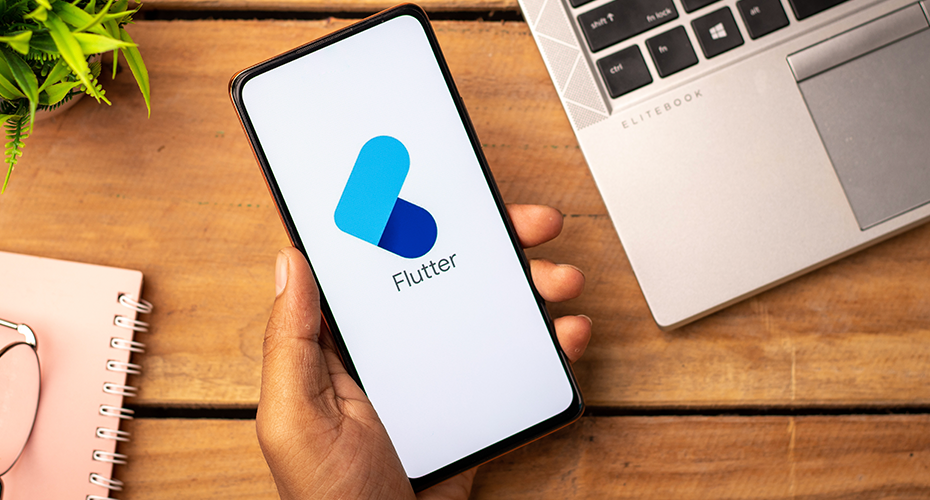
Embracing Continuous Quality


Thanks to the Internet, all of human knowledge is at our fingertips and smartphones have made information accessible from almost anywhere. However, this expectation of immediate gratification has led to one undeniable trend — impatience. No one wants to have to deal with a technology that is either slow or delivers a bad user experience.
Nowhere is this more apparent than in mobile apps. As soon as there is even the slightest problem, users are quick to jump on social media and complain or leave negative reviews in the relevant app store. For businesses launching apps, the tiniest issues can quickly become a customer relations disaster.
As a result, app development now includes rigorous levels of testing to ensure problems and glitches are filtered out. However, with so much riding on the quality of an app, this process needs to start at the beginning of the development cycle and continue throughout an app’s life.
To achieve “continuous quality”, as industry analyst firm Forrester describes it, you need to consider a number of key areas. First up is actually defining what quality is, what you hope to achieve and how you monitor it. By setting boundaries and targets, you have something to aim at and focus on. This should all happen at the beginning and will help you decide how and what needs to be tested. Playing a vital role in this is automation. Automating testing with tools like selenium allow more tests to be carried out on more devices and ensure an app is glitch free when it goes to market.
Just as important as front end testing is making sure that the backend support systems are ready. A failure here can be just as disastrous to a user’s experience as a front-end issue. Ensuring that your development team has the tools and skills to test and carry out quality assurance (QA) is key.
Once the app is ready for launch, the testing should not stop. With new OS updates arriving on a regular basis, monitoring post-launch helps not only ensure the quality targets have been met but also guarantees the user experience never dips below this threshold, when market-wide changes are introduced.
The final aspect to consider is security. This is important for all apps, but has added weight when it comes to sensitive verticals like banking and healthcare. The need for robust security, and security testing, is only going to increase as users and enterprises see more news about security breaches and become even more worried about the implications. Consequently, this too needs to be considered right from the start.
From setting targets and boundaries to monitoring post release, ensuring quality needs to be a fundamental part of app development. Embarking on development of any app needs to go hand-in-hand with a firm commitment to continuous quality.







